The World’s Largest Collection of Pyramids Isn’t in Egypt—And It’s Twice the Size
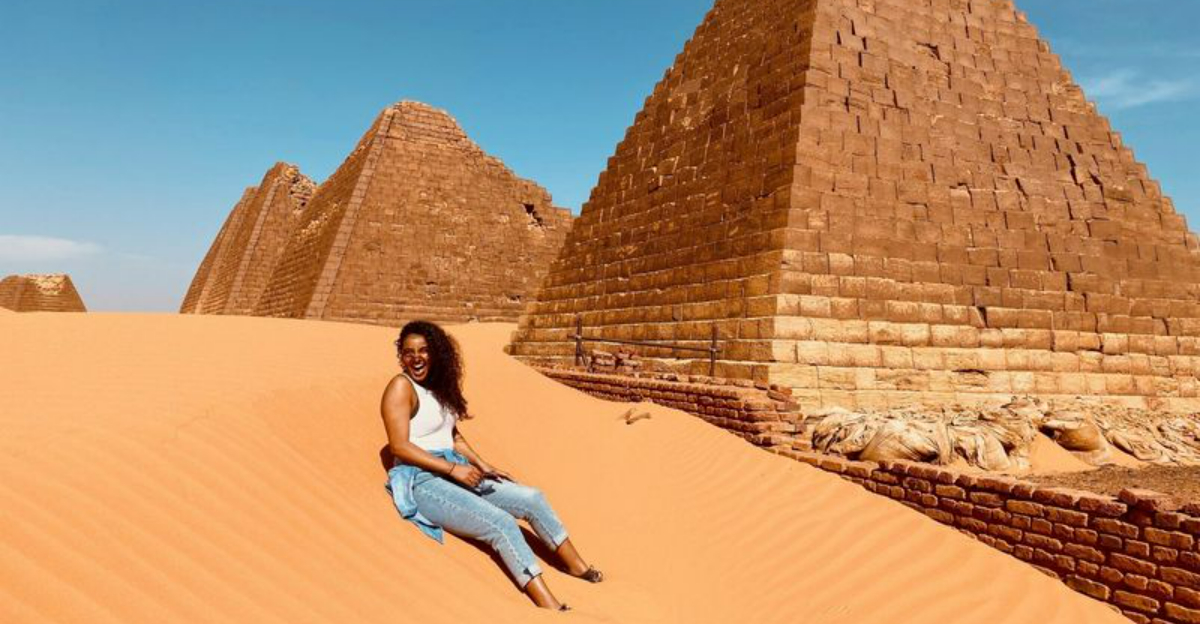
Though Egypt is famous for its iconic pyramids, did you know that Sudan boasts the world’s largest collection of pyramids? Located in the Nubian desert, this hidden gem is twice the size of the Egyptian pyramids.
Let me guide you through this marvel and I promise, it’ll leave you in awe. If you’re planning a trip, you’ll want to know not just what to see but also how and when to visit. Let’s explore the ancient world of Sudan’s pyramids together.
1. What Pyramids Can I Visit in Sudan?
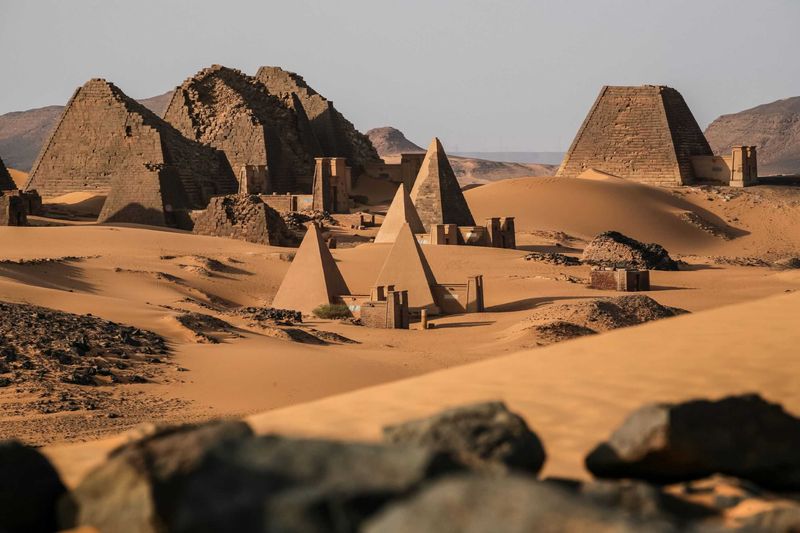
When exploring Sudan, you might wonder what pyramids are worth visiting. Meroe, Jebel Barkal, El Kurru, and Nuri are must-sees. Each site offers a glimpse into the ancient Nubian civilization, with its distinct architectural styles.
Each pyramid tells unique stories of kings and queens of the past. Unlike the pyramids of Egypt, Sudan’s pyramids are smaller but more numerous, creating a striking desert landscape. Many remain well-preserved, allowing visitors to step back in time and witness the rich history of the Kingdom of Kush.
Whether you’re fascinated by archaeology or simply love off-the-beaten-path adventures, Sudan’s pyramids offer an unforgettable journey into Africa’s ancient past.
2. How to Visit the Meroe Pyramids in Sudan

Did you ever wonder how to reach the Meroe Pyramids? It’s surprisingly straightforward. Fly into Khartoum and drive about 200 kilometers north. You pass through desert scenery, where the horizon seems endless.
When you arrive, the isolated beauty of the pyramids is breathtaking. I recommend hiring a local guide for insightful stories about the ancient Kushite kingdom.
Are you planning to stay overnight? There’s a charming rest house nearby that offers a unique desert experience. Bring plenty of water and sunscreen, as the sun is unforgiving. Visiting Meroe is a journey into history.
3. Meroë

Meroë is a remarkable site where over 200 pyramids stand, showcasing the legacy of the Kingdom of Kush. These structures served as royal cemeteries from the 8th century BC to the 4th century AD. Built of sandstone blocks, they have steep angles and varying sizes.
Visitors often marvel at the intricate carvings and hieroglyphs adorning the walls, offering insights into the lives of the royals.
The site’s expansive and open landscape, dotted with these ancient marvels, paints a picture of a bygone civilization thriving in the desert’s heart.
4. Jebel Barkal
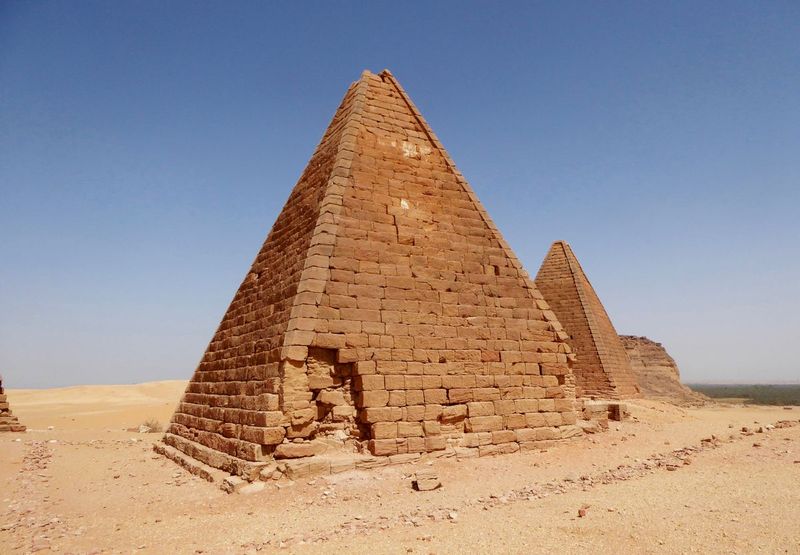
For the ancient Nubians, Jebel Barkal was more than just a mountain—it was a sacred place. Its distinctive shape was believed to be the home of gods, making it a center of worship. Surrounding it are temples and pyramids dedicated to Amun, remnants of the once-mighty Kushite kingdom.
Located near Napata, the former religious capital, Jebel Barkal offers a glimpse into a fascinating past and stunning views of the desert landscape. Walking among the ruins, the site’s mystical energy is still almost tangible.
5. El Kurru
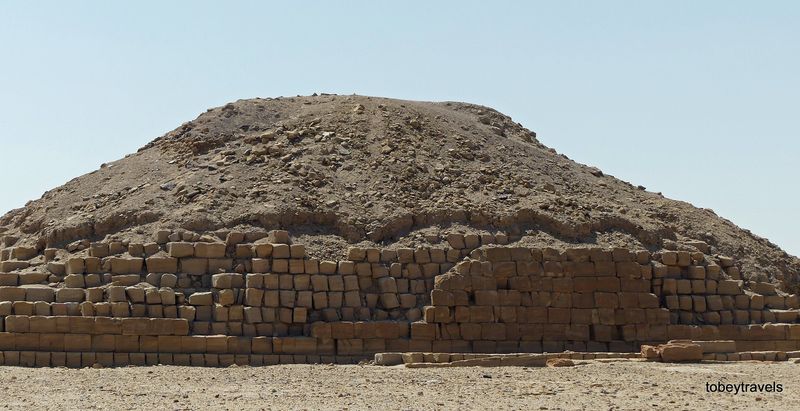
El Kurru is famously known for its royal cemetery, part of the ancient city of Napata. This site contains rock-cut tombs belonging to Nubian royalty, providing a glimpse into burial practices and afterlife beliefs.
The ceilings and walls of the tombs are adorned with vivid murals and hieroglyphs, narrating tales of gods and kings.
Exploring these tombs, one can feel the reverence the Nubians had for the afterlife, as each chamber reflects a journey to eternity, in both artistry and cultural significance.
6. Nuri

Home to the tombs of Nubian kings, this site reflects the grandeur of the Kushite era. Nuri’s pyramids, larger in scale, were built during the reign of King Taharqa, one of the most influential figures in Nubian history.
Around 20 pyramids stand here, constructed with mudbrick and stone, showcasing remarkable ancient engineering. The vast desert setting adds to the site’s mystique, where each structure tells a story of power and legacy.
Walking through Nuri, visitors often feel the weight of history in its quiet, timeless atmosphere.
7. When to Visit Sudan’s Pyramids
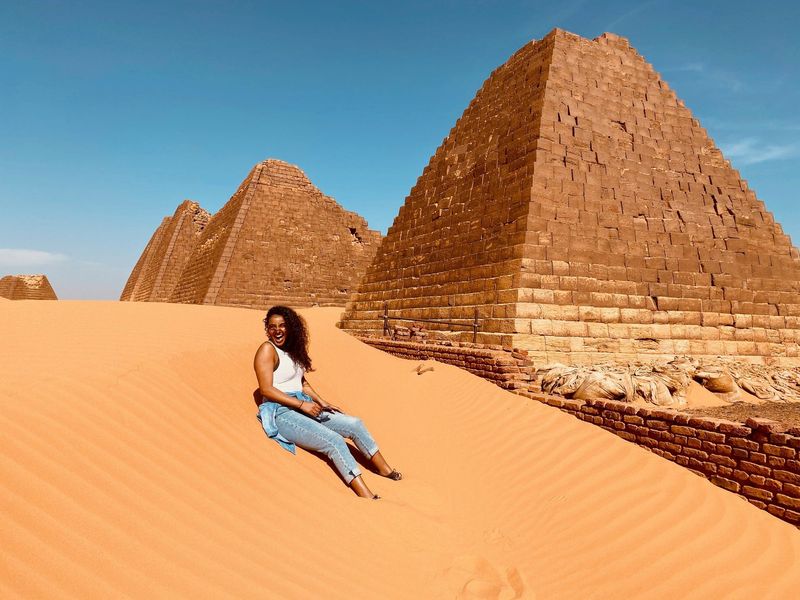
If timing is everything, then choosing when to visit Sudan’s pyramids becomes crucial. October to April offers pleasant weather, where temperatures are bearable. Are you keen on capturing stunning photographs? Early mornings or late afternoons provide the best light and fewer crowds.
Hear the whisper of history on a gentle desert breeze while exploring in cooler temperatures. Avoid the summer months, as it becomes extremely hot and challenging.
Planning a visit during the winter months ensures a more comfortable and enjoyable experience. It’s a wonderful time to immerse yourself in the rich history of Sudan’s pyramids.
